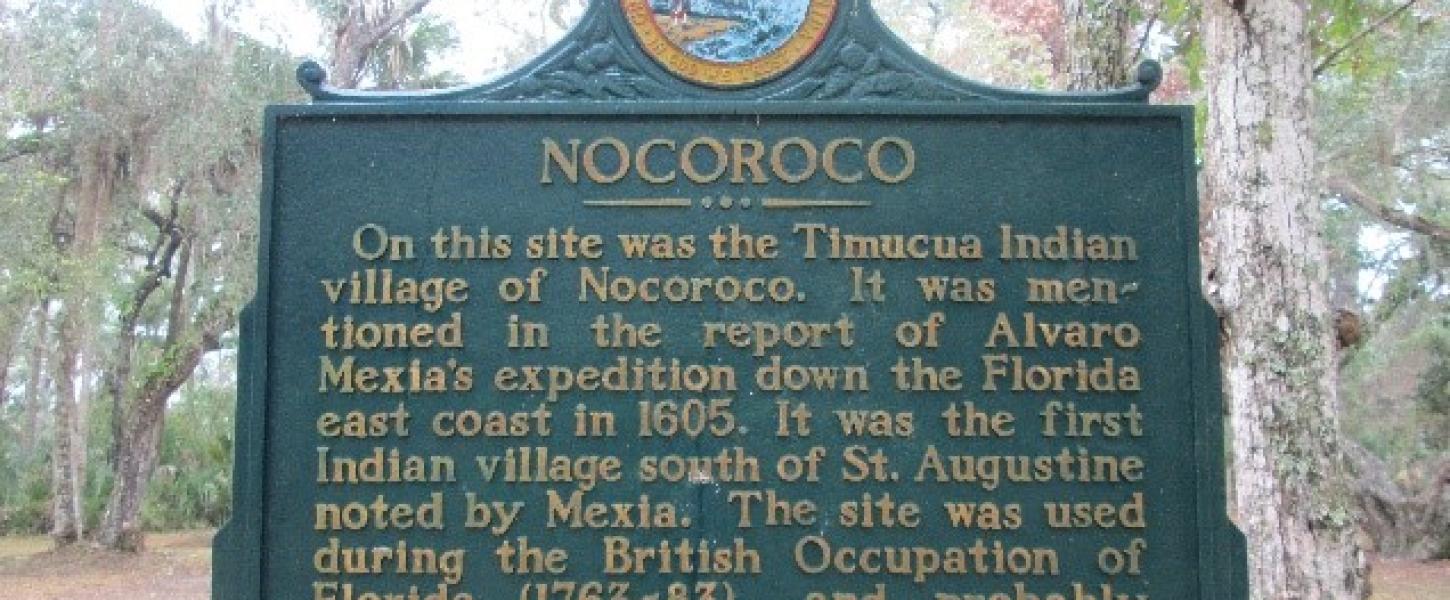Discovering the Tomoka Mound Complex

Celebrate Florida Archaeology Month
Learn about Florida’s history through the artifacts and objects found at our state parks.
The Tomoka Mound Complex was first discovered by archaeologist Andrew Douglass in 1871. Most recently, this site has been undergoing an extensive research project called the Tomoka Archaeology Project, led by Dr. Jon Endonino from Eastern Kentucky University along with the Gulf Archaeology Research Institute.
This archaeological site is a large complex of primarily burial mounds that date to over 5,000 years ago and are some of the earliest Native American settlements on the central east coast of Florida.
Timucuan Indians inhabited this area from around 1300 until the mid-1700s. Archaeologists believe that two clans may have joined together to form the large village of Nocoroco, located on Tomoka Point. This is based on finding two types of pottery, one form from southerly areas and the other more indicative of the St. Augustine area.
The area was first visited by Spanish explorers in 1605. By the late 1600s, exposure to European diseases devastated the Timucua to fewer than 1,000 people. The last known Timucuan died in 1767.
Construction of the mounds dates back to the Mount Taylor period, around 5,500 years ago. The mounds were created by dumping baskets of shells and then sand as burials were added. Among the more interesting finds at the site are artifacts that were imported from significant distances, including a cache of between 8-10 rare banner stones made of materials that are native to North Georgia. Such discoveries are enlightening because it indicates considerable trade activity at such an early period in Native American history. The banner stones are from an ancient weapon called an atlatl, which is used to throw a spear. The weight was used as a counter-balance to offset the weight of the spear tip.
From artifacts, we know the tribe's diet consisted of freshwater fish, turtles and snails until approximately 4,700 years ago. Freshwater species later disappear. Artifacts found include projectile points (chipped stone), worked bone such as bone pins, shell implements for cooking and dipping, and baked clay balls for boiling coquina.
Daily life included gathering shellfish, fishing, and growing crops such as corn and squash. Meals were communally cooked in the village.
The charcoal found in the mounds reveals that the plants here 5,000 years ago are the same that occur today. The excavations and research will continue. We hope to determine why they abandoned these mounds after 100-200 years of occupation and then returned 1,000 years later to add additional mounds. Research could reveal more artifacts and a glimpse into the daily lives of early inhabitants.